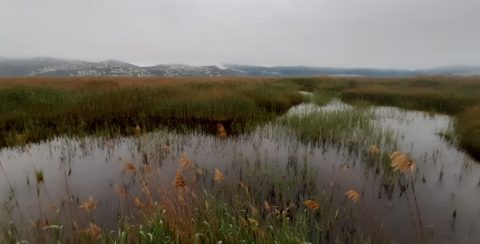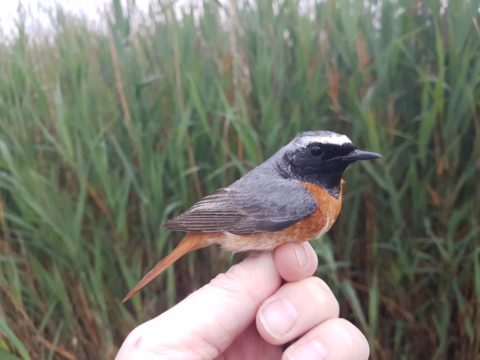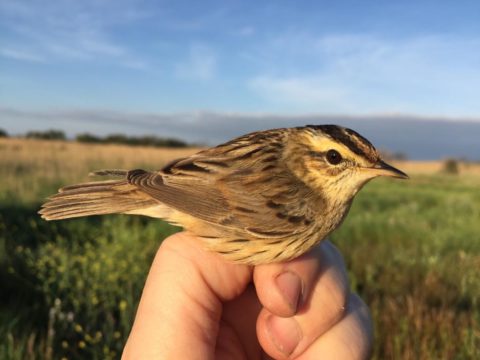The Valencian marshlands have become an obligatory stopover for many migratory birds.

Thanks to ringing campaigns, it is possible to monitor different birds, some of which are resident all year round in Valencia, but also migratory species such as the Aquatic Warbler, a globally threatened bird.
The Aquatic Warbler, weighing barely 10 grams, flies over 6,000 km between the inner delta of the Niger River and Central Europe and uses the best preserved Valencian marshlands as resting places; confirming the important role played by protected natural areas in the conservation of endangered species.

During spring migration, the Aquatic Warbler, the most threatened migratory bird in Europe, uses primarily the wetlands of the Spanish Mediterranean coast as feeding and resting places from the wintering areas in West Africa and the breeding areas in Central Europe. This is the reason why since the European LIFE Paludicola project began some of the main Valencian marshlands have been chosen to monitor its migratory passage through the Iberian Peninsula. The results of the scientific ringing campaign of April 2020 obtained in this monitoring have been positive and confirm the passage of the Aquatic Warbler through Valencian lands. In total, 9 Aquatic Warblers were ringed in the spring campaign of 2020, added to the 31 already captured in the campaigns of 2018 and 2019.
Thanks to three scientific ringing campaigns, it has been possible to deepen the knowledge of this globally threatened bird and help in its conservation worldwide. Its presence in these Valencian coastal wetlands confirms the important role played by protected natural areas in the conservation of endangered species such as the Aquatic Warbler, especially flooded areas covered with low vegetation, reedbeds and grasslands, which constitute its favourite habitat.

The Aquatic Warbler spends the winter in the river deltas of the Niger and Senegal rivers, in Mali, Burkina Faso and Senegal, and with only 10 g in weight it is able to travel 6,000 km to its breeding areas in Poland, Ukraine and Belarus. To successfully complete this journey, which it makes twice a year, the presence of wetlands with high-quality habitat is indispensable along its migration route, with availability of food and no disturbance. In this way they can replenish their fat reserves and rest from their long nightly migratory flights which sometimes amount to 250 km every night. For this reason, the good conservation of these Iberian wetlands is essential for their survival and that of many other species of migratory birds, more so when these birds have just crossed two important ecological barriers, the Sahara desert and the Mediterranean Sea.
The Aquatic Warbler (Acrocephalus paludicola) is listed as globally Vulnerable, classified as Endangered at the European level, in Annex I of the Birds Directive, Annex II of the Bern Convention and Annex II of the Bonn Convention. In addition, it is listed as of Special Interest in the National Catalogue of Threatened Species and as Vulnerable in the latest Red Book of the Birds of Spain. It is a priority species for conservation at a global level because it is globally threatened with an estimated world population of less than 25,000 breeding individuals. This very low population compared to other more common small bird populations, together with the fragmentation of their breeding areas and their population decline, highlights their high risk of extinction.
